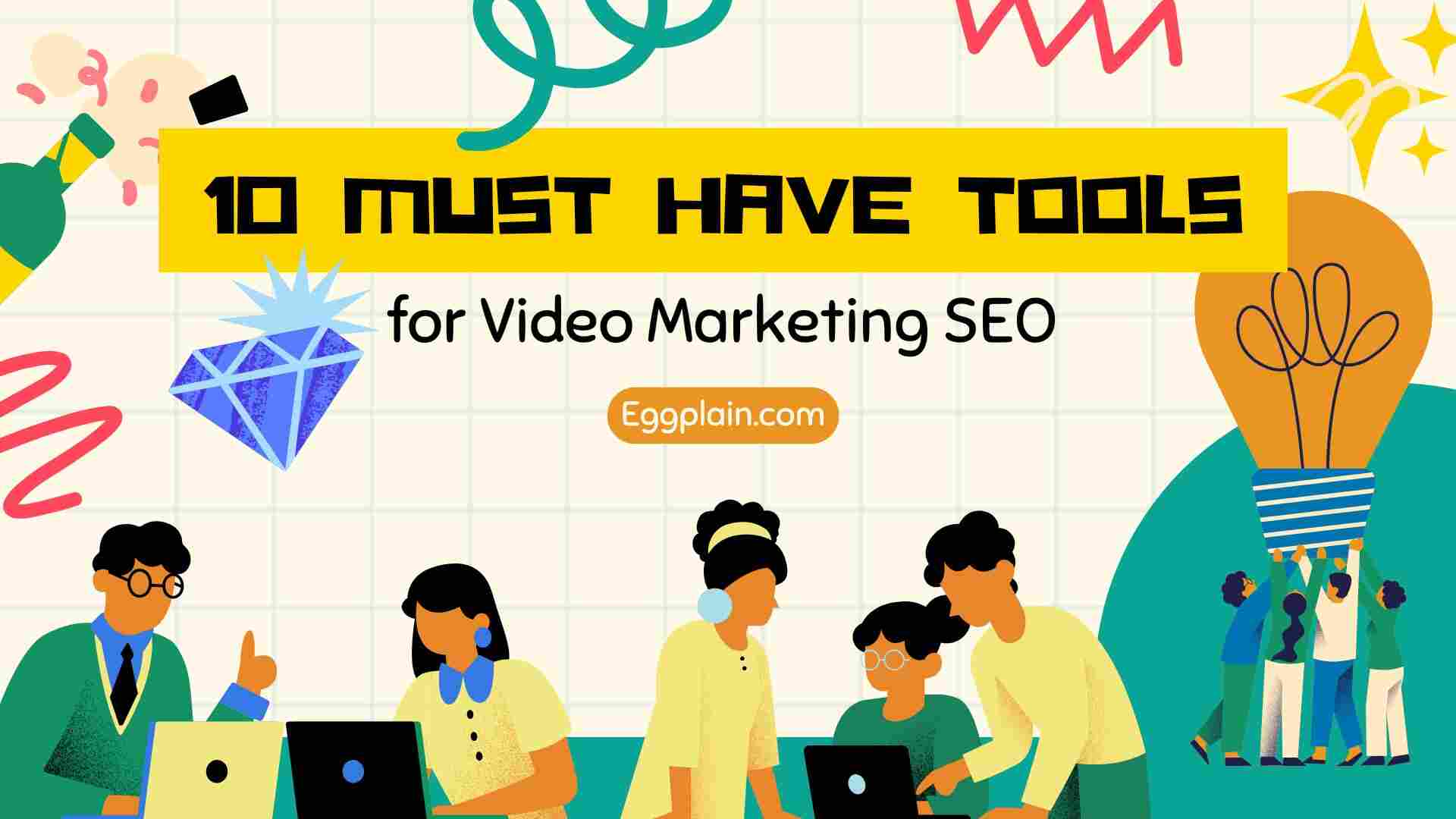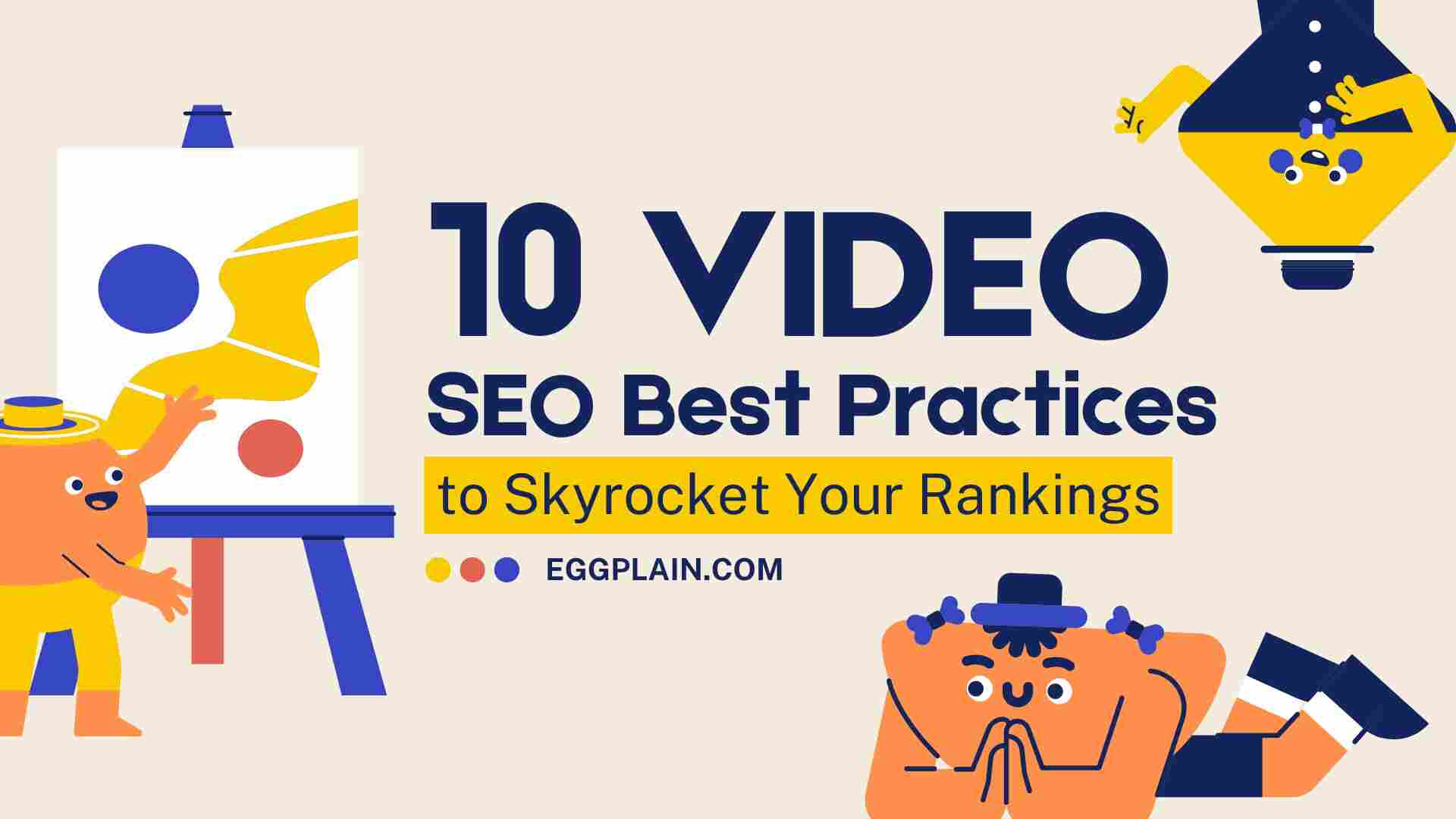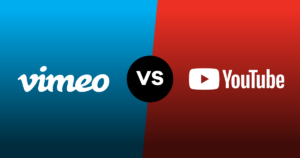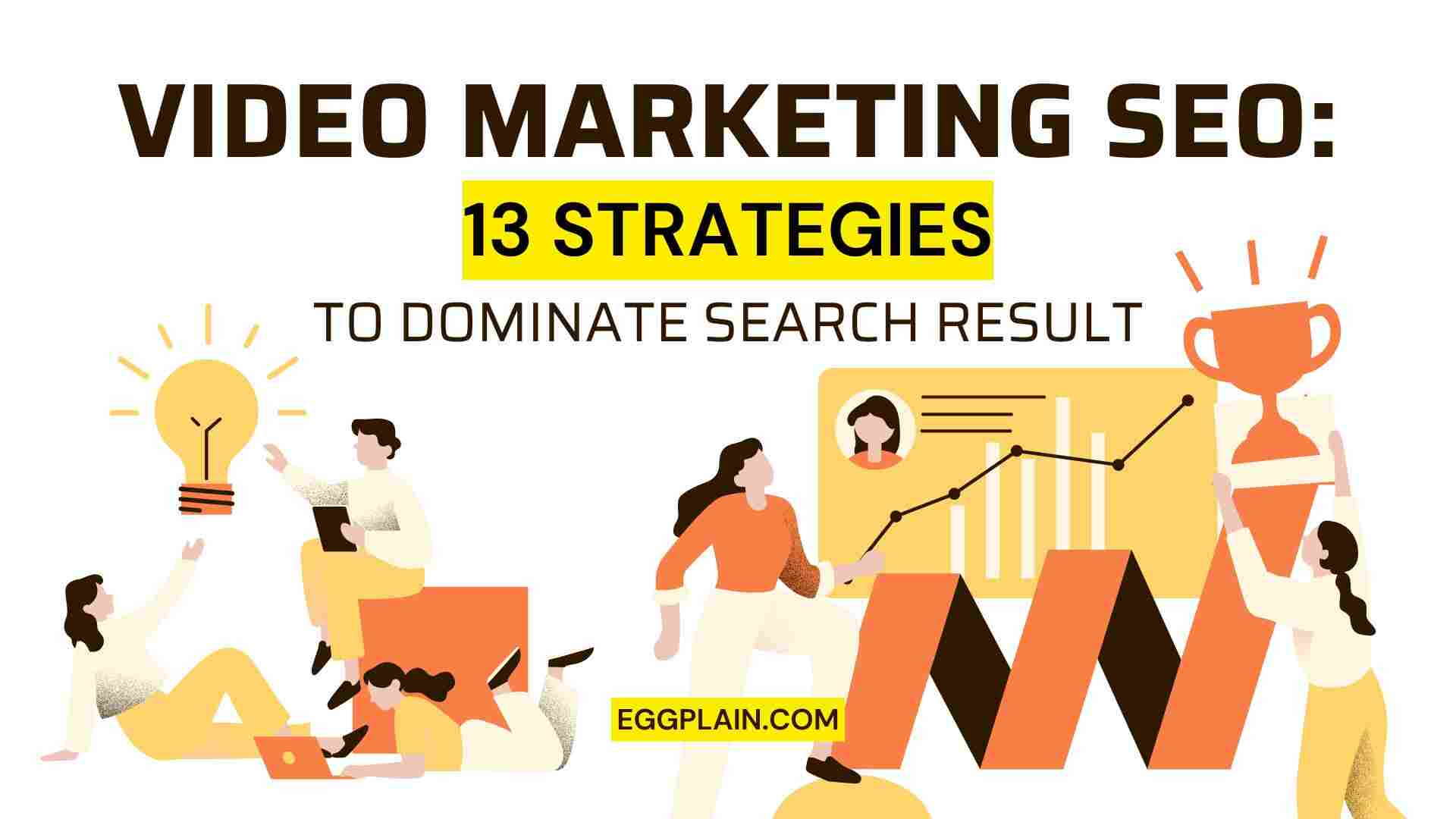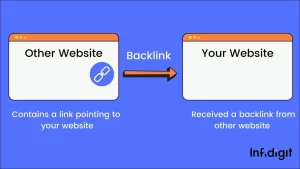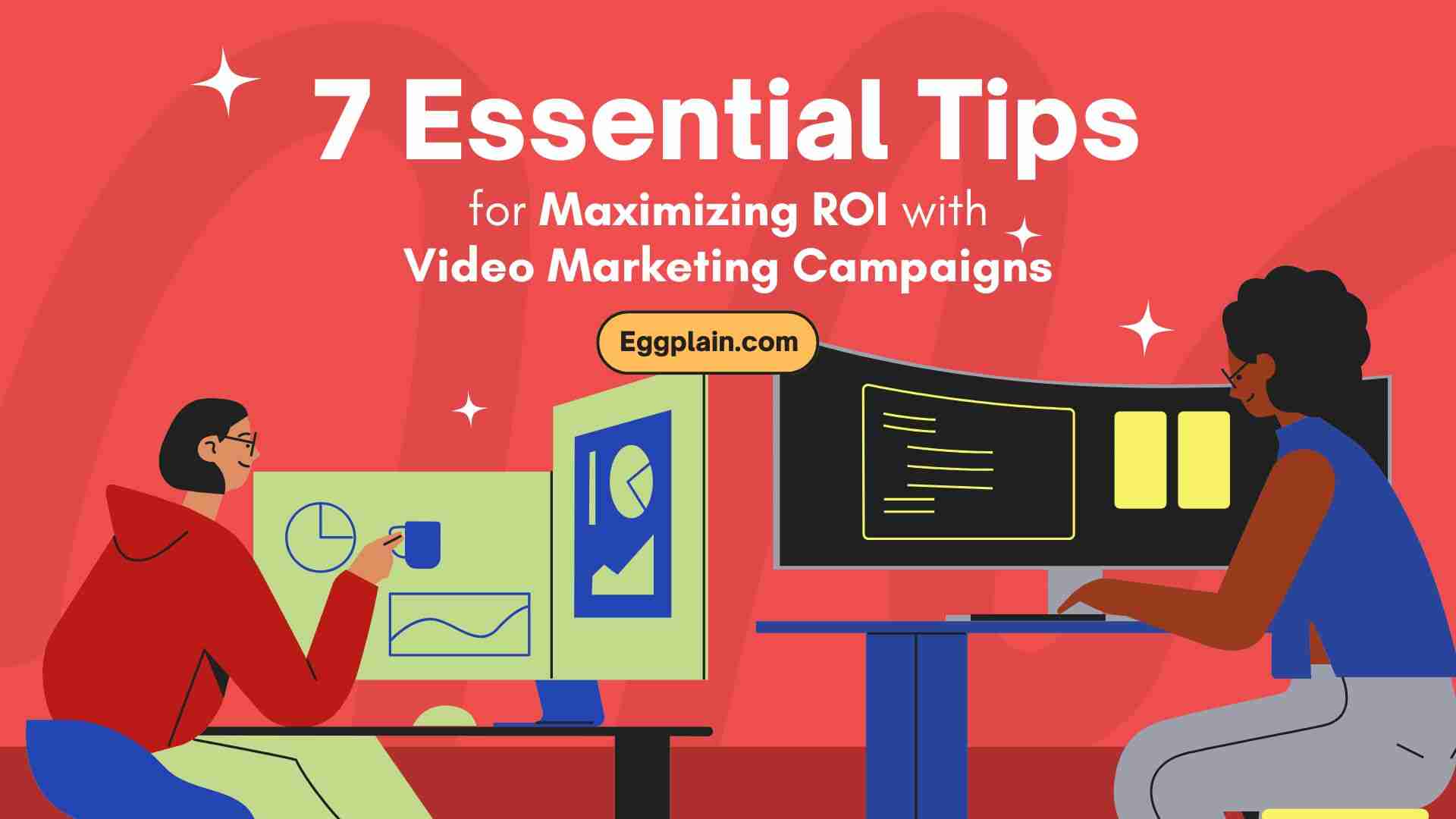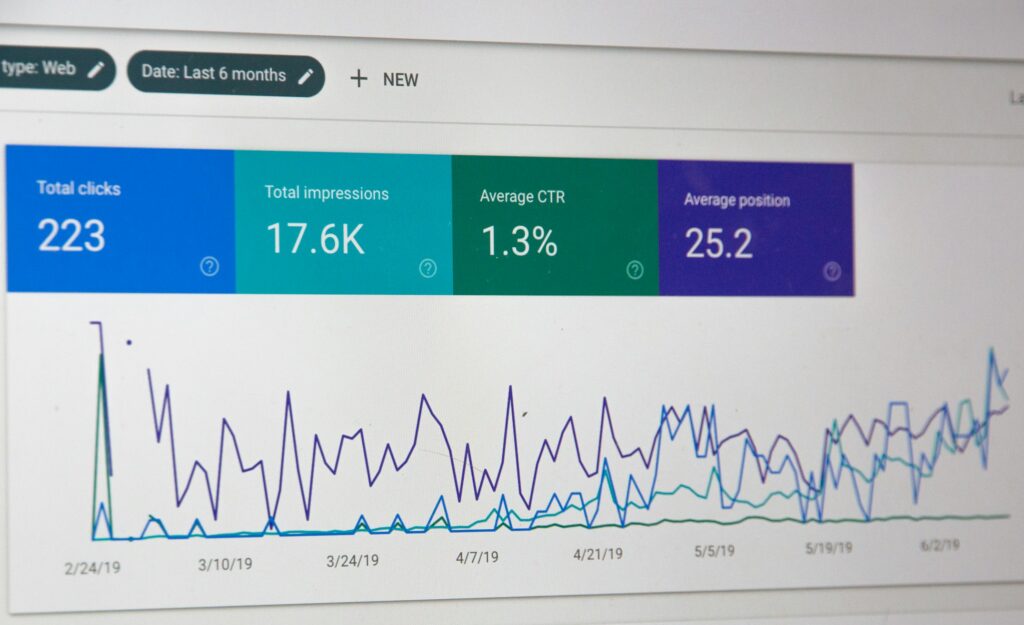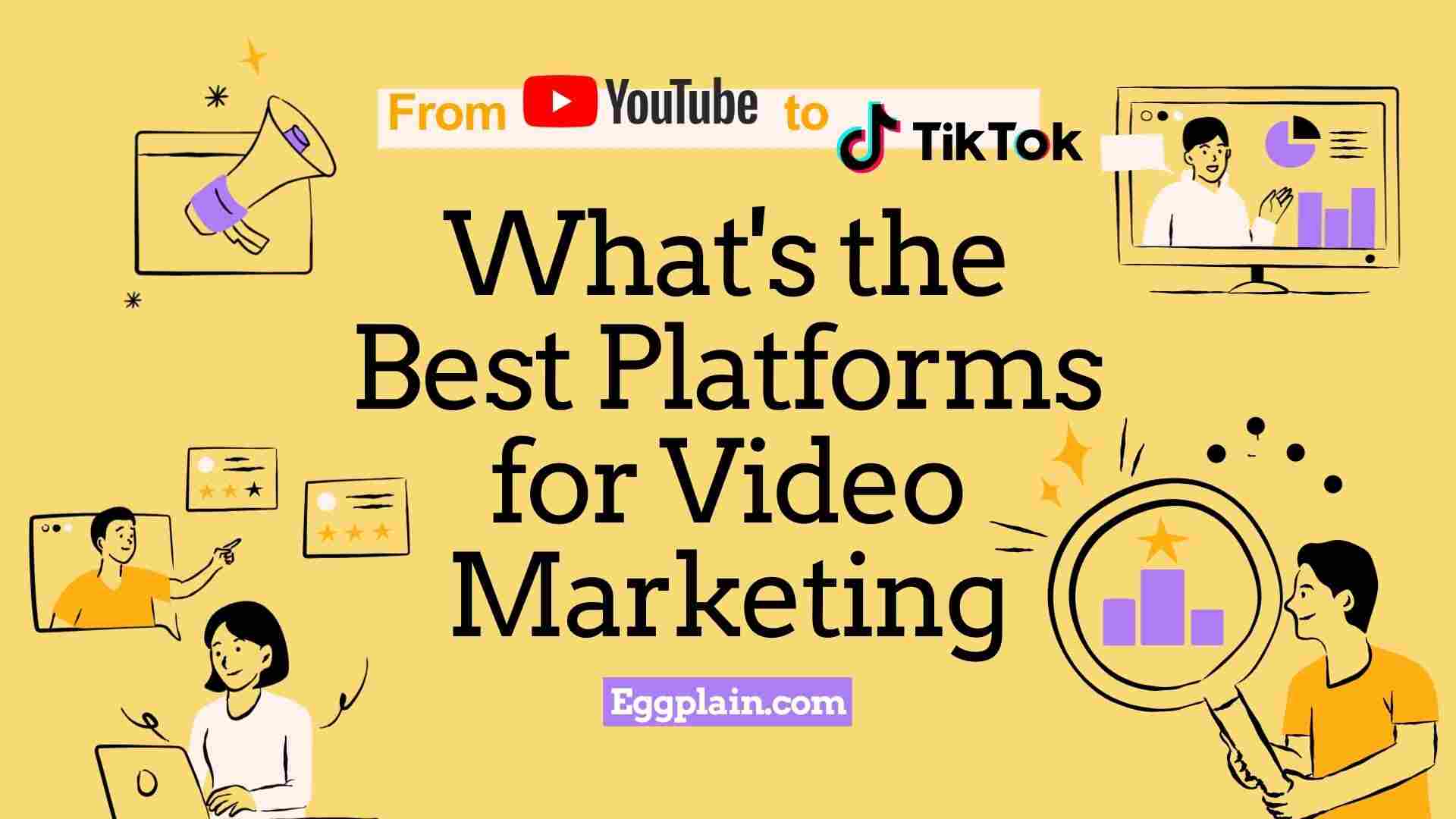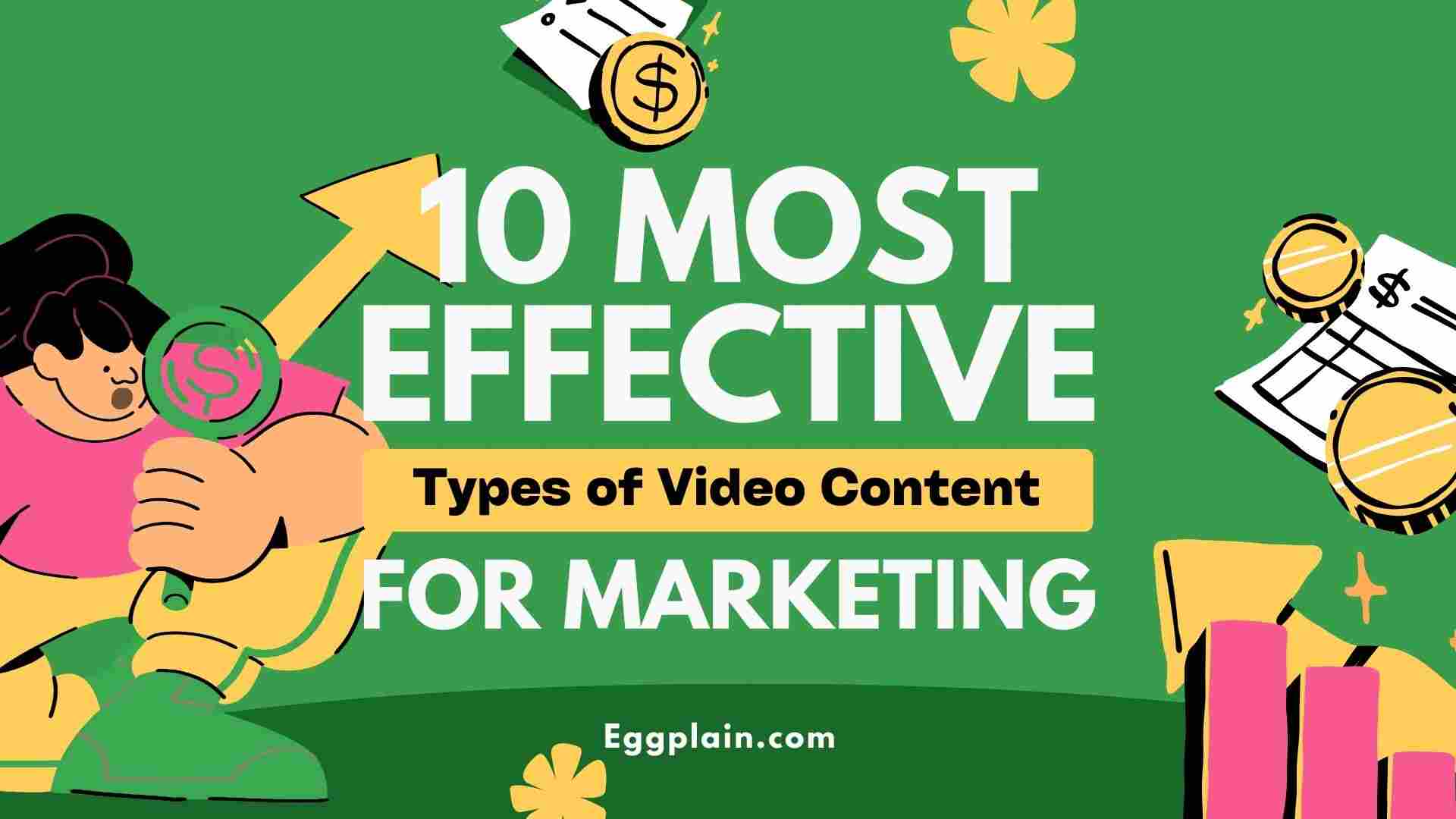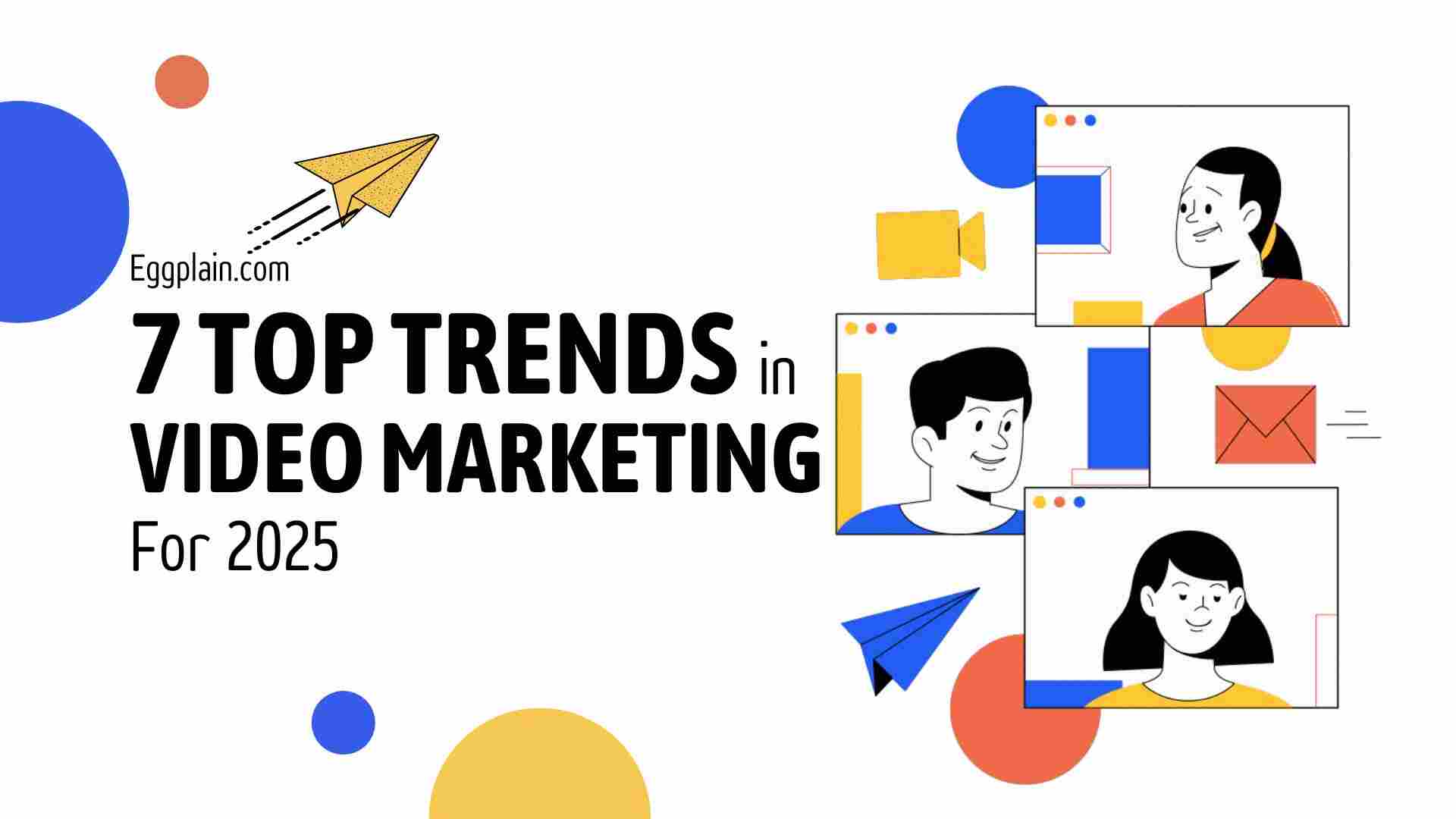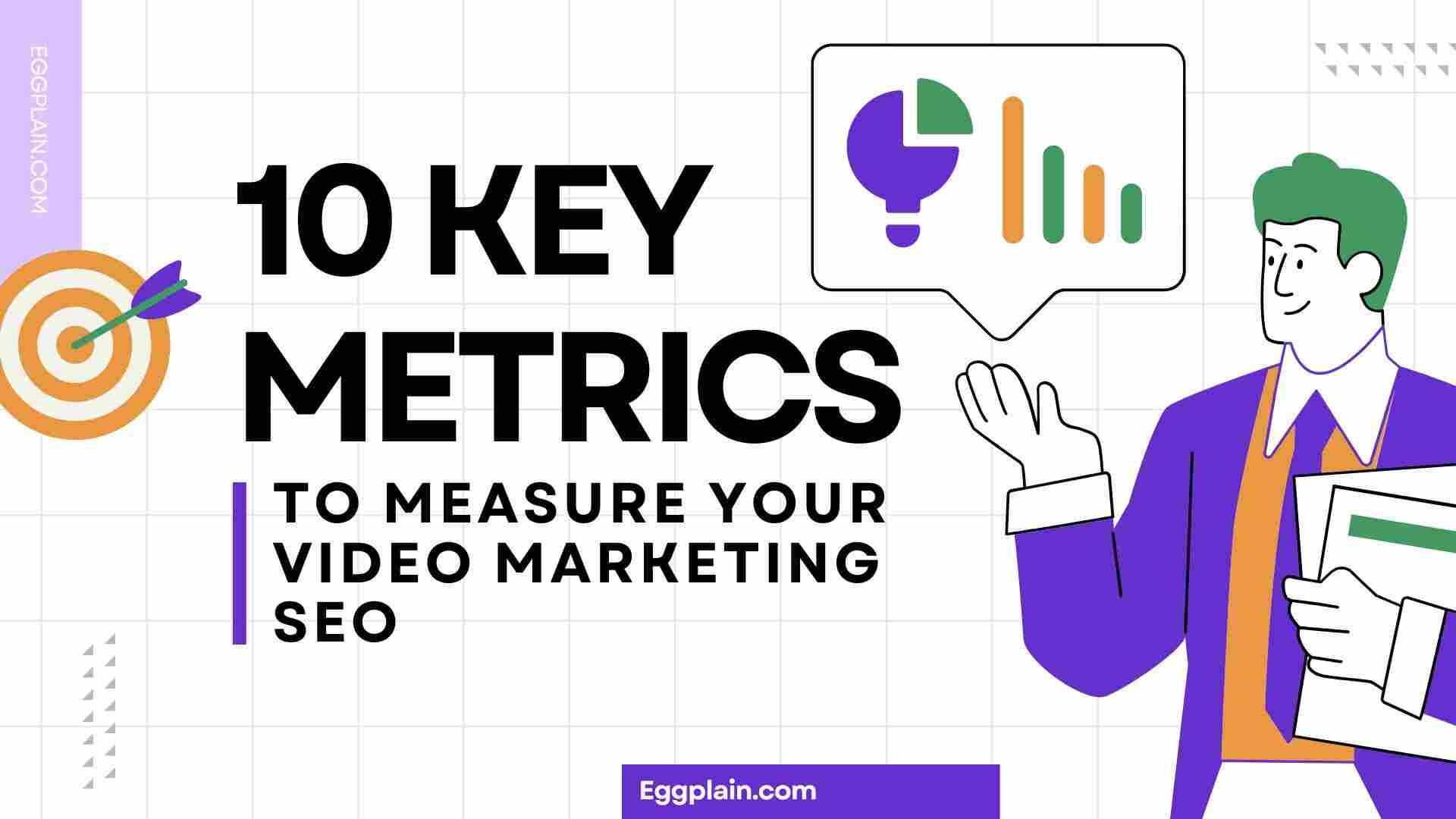
Video marketing has become an indispensable tool for businesses aiming to capture the attention of their audience and boost their online presence. However, creating and publishing videos isn’t enough; you need to ensure they’re optimized for search engines and evaluate their performance regularly. In this post, we’ll explore the most effective methods to measure your video marketing SEO. Let’s dive into key metrics and tools that provide insights into your strategy’s impact.
What is Video Marketing SEO
Video Marketing SEO refers to the optimization of video content to rank higher on search engines like Google or video platforms such as YouTube. This process improves your content’s discoverability, driving organic traffic to your website or channel.
An optimized video strategy not only boosts visibility but also engages viewers longer, making them more likely to convert into loyal customers. Measuring video marketing SEO success ensures you’re on the right track toward achieving these goals.
“84% of people say that they’ve been convinced to buy a product or service by watching a brand’s video (source).”
1. Organic Traffic from Video Content
One of the primary indicators of video SEO success is the organic traffic generated by your videos. Use tools like Google Analytics to measure:
- The number of visitors arriving on your website via video content.
- Traffic from search engines or social media platforms linking to your video.
Analyze spikes in traffic after launching a video campaign to understand its impact.
2. Video Rankings on Search Engines
How well do your videos rank on search engines like Google or YouTube? Tools like SEMrush, Ahrefs, or TubeBuddy can help track:
- Keyword rankings for your video titles and descriptions.
- Featured snippets or video carousels where your content appears.
A higher ranking directly correlates with better visibility and more clicks.
3. Watch Time and Viewer Retention Rates
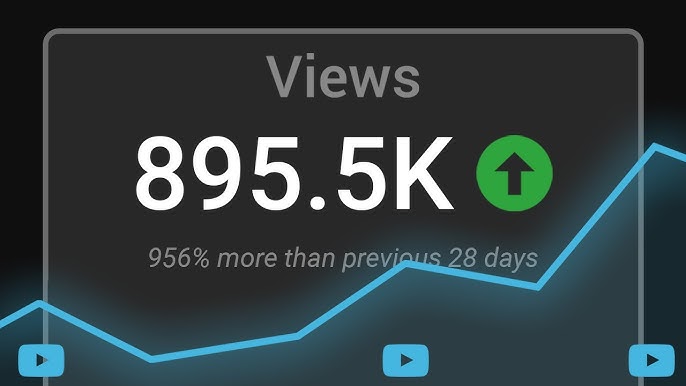
When measuring video marketing SEO, watch time is a crucial factor for YouTube’s algorithm, influencing how often your videos are recommended. Monitor:
- Total Watch Time: The accumulated minutes viewers spend watching your video.
- Average View Duration: How long users typically watch your content before leaving.
- Retention Graphs: Available in YouTube Analytics, these graphs show where viewers drop off.
Longer watch times indicate your content is engaging and valuable.
4. Click-Through Rate (CTR) of Video Thumbnails
The CTR measures how often users click on your video after seeing its thumbnail and title. A high CTR means your thumbnail and title are compelling. To improve CTR:
- Use custom thumbnails with vibrant colors and bold text.
- Write attention-grabbing titles that include target keywords.
Track CTR in YouTube Studio under the “Reach” section.
5. Social Shares and Engagement

Videos that resonate with viewers often get shared across social media platforms. Monitor:
- The number of shares, likes, and comments on platforms like Facebook, Twitter, and Instagram.
- Social media referrals to your website via analytics tools.
Engagement signals that your content is striking the right chord with your audience.
6. Backlinks and Embeds
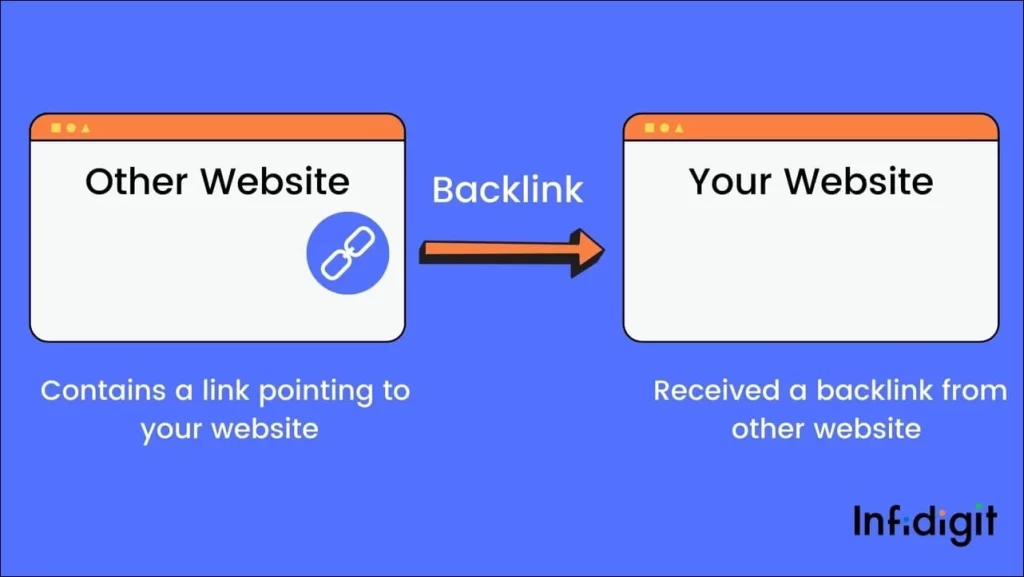
Backlinks are critical for SEO. Check how many websites link back to your video or embed it. Tools like Ahrefs or Moz can help analyze:
- Websites that reference your video.
- The quality of the backlinks generated.
More backlinks boost your video’s authority and search engine rankings.
7. Conversion Rates from Video Call-to-Actions (CTAs)
Your video marketing efforts should ultimately lead to conversions. Monitor the success of CTAs embedded in your videos, such as:
- Signups for a newsletter.
- Purchases from product demos.
- Downloads of lead magnets like eBooks.
Use heatmaps or tracking software like Crazy Egg to gauge CTA effectiveness.
8. Audience Demographics and Behavior
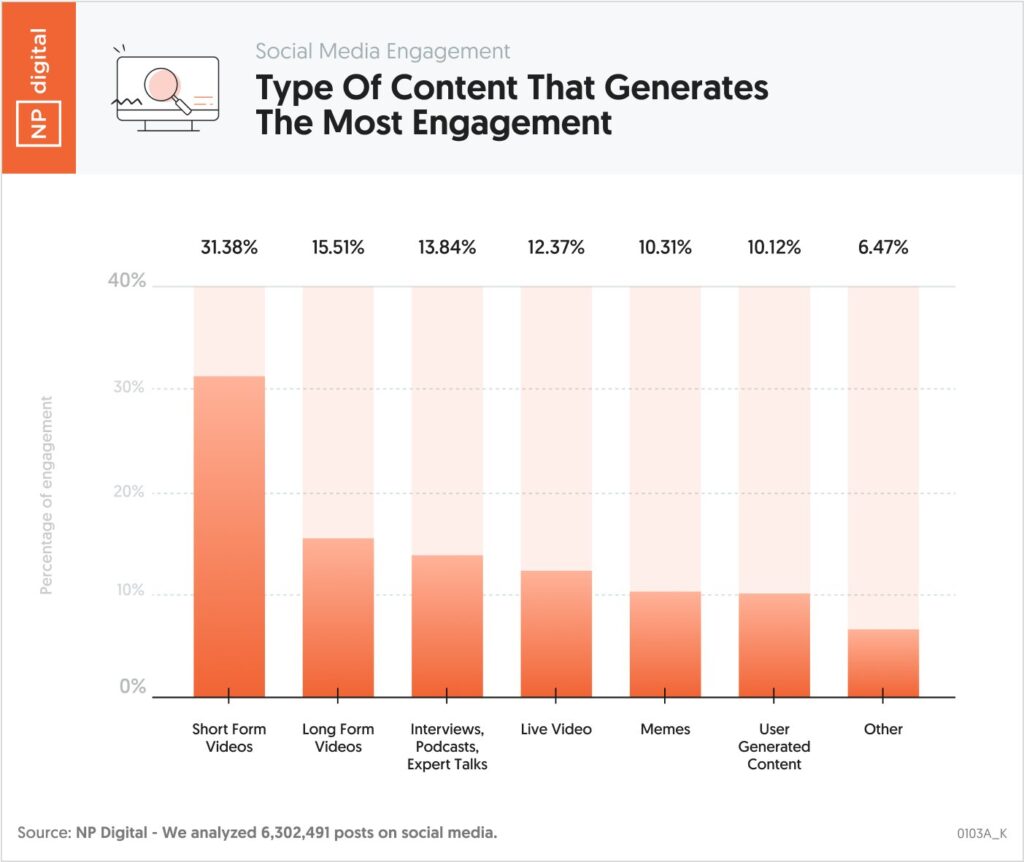
Understanding your audience helps refine future campaigns. Check metrics like:
- Location and age demographics.
- Viewing devices (mobile, desktop, or tablet).
YouTube Analytics and tools like Vimeo provide detailed insights into viewer behavior.
9. Bounce Rate and Time Spent on Landing Pages
Embedding videos on landing pages can reduce bounce rates and increase time spent on your site. Analyze:
- How much longer users stay on your page after interacting with the video.
- Whether embedded videos are driving better conversion rates.
This information is accessible through Google Analytics’ “Behavior” section.
“82% of businesses report that videos help keep people on their website longer (source).”
10. Subscriber Growth and Returning Visitors
Growing your subscriber base signals that your video content is valuable. Additionally, track how many viewers return to your channel or website after engaging with your videos.
Tools like YouTube Studio and HubSpot can show trends in subscriber growth and repeat visitors.
Actionable Tips to Improve Video Marketing SEO
- Optimize Titles and Descriptions: Use relevant keywords naturally in your titles and descriptions.
- Add Transcripts and Closed Captions: Improve accessibility while boosting keyword usage.
- Focus on Thumbnail Design: Ensure your thumbnails stand out among competitors.
- Focus on Quality: High-quality, informative videos tend to perform better in search rankings. Consider hiring professional animators. Experienced professionals can bring your vision to life, helping you achieve the perfect balance between creativity and clarity.
“64% of consumers are more likely to make a purchase after watching branded videos (source).”
Looking to create Video Marketing for SEO?
Eggplain is team of experienced animators with nearly a decade of expertise in collage animations, animated explainer videos, 2D, 3D, and motion graphics. Since 2015, we have positioned ourselves as one of the world’s top animation production companies, consistently delivering outstanding results.
With a portfolio comprising 400+ videos, we have had the privilege of collaborating with well-known brands you see every day, such as Canva, InBody, Delta Electronics, and United Overseas Bank (UOB).

Book Your Free Consultation!
No payment or credit card information required.
FAQs
How can I find the right keywords for my video?
Use tools like Google Keyword Planner, TubeBuddy, or Ahrefs to identify keywords relevant to your niche.
Does watch time really affect rankings?
Yes, watch time is a critical ranking factor for YouTube and impacts how frequently your video is recommended.
What’s the best length for a video to rank well?
Most successful videos range between 7–15 minutes, providing enough depth while maintaining viewer interest.
Should I prioritize YouTube SEO or website SEO for my videos?
Both are important! YouTube SEO helps with discoverability on the platform, while website SEO ensures broader search engine visibility.
How do I track conversions from videos?
Use tools like Google Analytics or HubSpot to measure actions taken after viewers interact with your video.
What’s the role of thumbnails in video SEO?
Thumbnails significantly influence click-through rates, making them a critical element of video SEO strategy.
Conclusion
Measuring the success of your video marketing SEO involves analyzing various metrics, from organic traffic to audience engagement. By regularly assessing these KPIs and making data-driven adjustments, you’ll create video campaigns that not only rank higher but also achieve your business goals.


